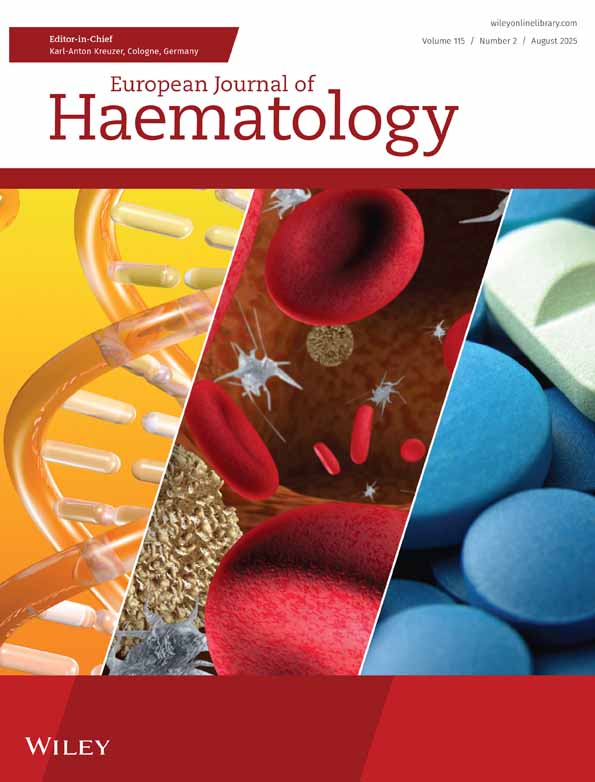Increased serum IgA and decreased IgG3 strongly correlate with increased serum TGF-β1 levels in patients with nonimmune chronic idiopathic neutropenia of adults
Abstract
Abstract: Objective: To study the changes in serum immunoglobulins and some closely related pro-inflammatory cytokines in patients with nonimmune chronic idiopathic neutropenia of adults (NI-CINA). Methods: Serum levels of gamma-globulins, IgG, IgA, IgM, IgG subclasses, interleukin-4 (IL-4), interferon-gamma (IFN-γ) and transforming growth factor-beta1 (TGF-β1) were evaluated in 83 NI-CINA patients and 65 normal controls using the respective conventional methods. Results: We found that serum gamma-globulin, IgG and IgG1 levels were all significantly increased in the entire group of patients studied, compared to controls (p<0.001, p<0.01 and p<0.01, respectively), while the levels of IgG3 were significantly reduced (p<0.001). Serum IgA were increased in patients with severe neutropenia (p<0.001). No significant changes were noted in serum IgM, IgG2 and IgG4 levels. The infrequent occurrence of detectable amounts of IL-4 and IFN-γ in the serum was similar in both, patients and control subjects. Serum levels of TGF-β1 were increased in all groups of patients studied and they correlated inversely with the levels of IgG3 (p<0.001) and positively with the levels of IgA (p<0.001), suggesting the possible involvement of the cytokine in immunoglobulin class switching. Conclusion: Patients with NI-CINA have significant changes in serum immunoglobulins and some inflammation-related cytokines. These findings provide additional evidence for the existence of an unrecognized low-grade chronic inflammatory process in NI-CINA patients and coroborate our previously reported suggestion for the possible involvement of this inflammation in the pathogenesis of neutropenia in the affected subjects.




